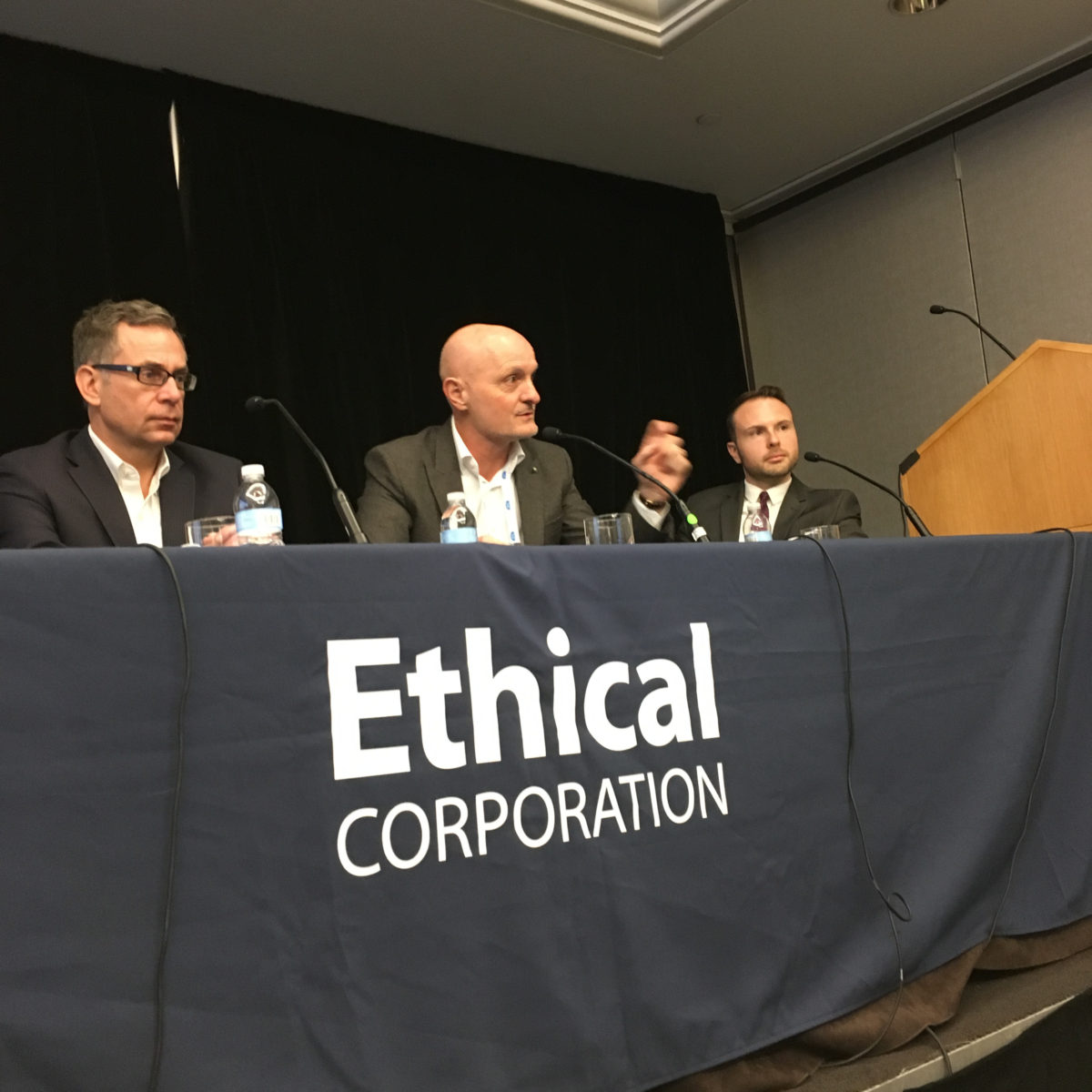A bikini that began as a fishing net? A jacket that started as a carpet? There’s a common thread in each of these – the circular economy. While this approach to business is time intensive and requires continuous collaboration, the end result is powerful.
Companies are risk averse – just like people. But now more than ever, it is critical for companies to innovate in order to stay ahead of consumer trends, environmental regulations, and the competition.
Two weeks ago, Giulio Bonazzi sat on a panel alongside sustainability-minded professionals from Dell and Aerofarms at the Responsible Business Summit to discuss the risks and rewards of the circular economy. Each of their experiences centered on the number of touch points that are required along the way to ensure the sustainability of a product or process. This theme echoed throughout the Summit – companies are increasingly being expected to answer for a product’s entire life cycle.
Here at Aquafil, we have been a leading producer of Nylon 6 for carpeting and apparel since the 1980s. We saw early on that sustainability could be a tool for innovation. After years of research and development we succeeded in creating a product and process that embodies the circular economy.
The advent of the ECONYL® Regeneration System has enabled us to transform nylon waste back into raw material – saving thousands of barrels of petroleum and avoiding significant CO2 emissions. It also allows us to reuse waste such as fishing nets and old carpet that would otherwise end up in the landfill, or worse, our oceans.
Something special happens with sustainability – people move beyond profit and begin taking responsibility for the impact they have on communities and the environment. This inspires customers, shareholders and employees alike.
From packaging for computer products to swimwear for athletes, there are infinite possibilities for the circular economy.
